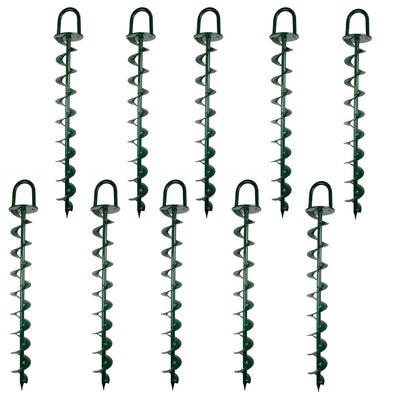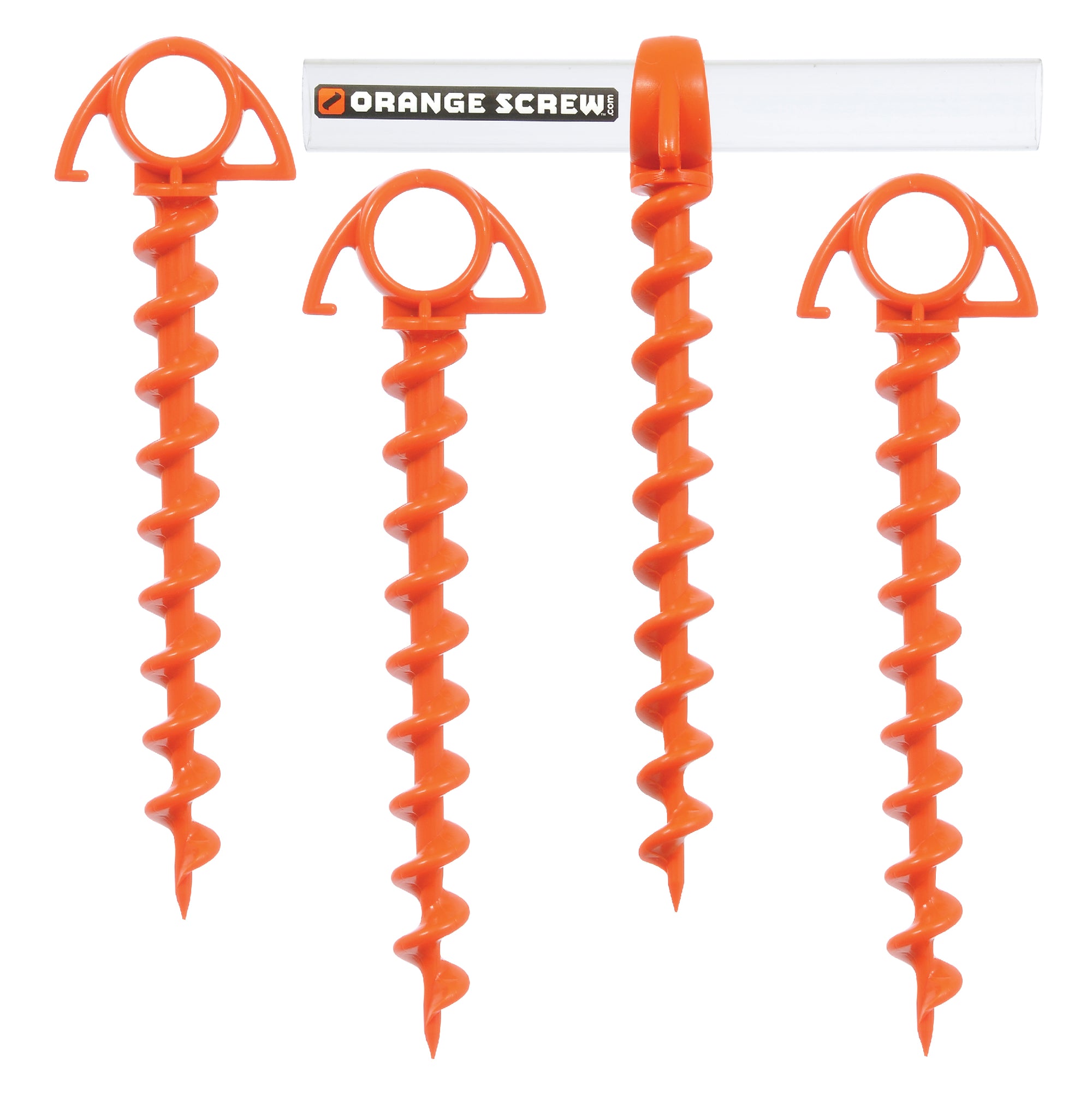An Easy-to-Follow List for Installing and Using a Ground Anchor
An Easy-to-Follow List for Installing and Using a Ground Anchor
Blog Article
Explore the Different Types of Ground Anchor for Your Next Project
When getting started on a construction or landscaping task, understanding the various kinds of ground supports readily available is crucial to making sure both security and toughness (Ground Anchor). From auger supports, which stand out in diverse soil conditions, to stake anchors made for short-term installments, the alternatives are many. Furthermore, concrete and screw supports existing special advantages in particular situations, while deadman supports are customized for applications needing resistance to lateral forces. The selection of an appropriate support kind can considerably affect the overall success of your task, triggering further expedition into their corresponding advantages and applications.

Auger Anchors
Auger supports are a preferred option in numerous building and landscape design projects due to their special layout and efficient anchoring abilities. These anchors are composed of a helical screw-like shaft that is driven into the ground, permitting a secure and safe and secure hold. The spiral style helps with simple installment and makes the most of resistance versus lateral pressures, making auger anchors especially efficient in applications such as fence, short-lived structures, and erosion control.
The installation procedure of auger supports is reasonably uncomplicated. Auger anchors can be conveniently gotten rid of and reused, which includes to their cost-effectiveness and sustainability.
Among the considerable benefits of auger anchors is their capacity to distribute lots uniformly across the surrounding dirt, decreasing the risk of soil disruption and reducing environmental influence. Furthermore, they are less prone to loosening up or heaving in time contrasted to traditional securing approaches. Consequently, auger anchors are a superb selection for jobs calling for resilient and reputable anchoring services.

Stake Anchors
When it pertains to safeguarding structures in a range of exterior applications, risk anchors supply a dependable and simple remedy. These supports are normally built from resilient products such as steel or aluminum, designed to hold up against environmental stresses while supplying optimum security. Their easy style permits fast setup, making them an ideal option for short-lived or irreversible anchoring demands.
Risk supports are particularly useful in safeguarding outdoors tents, canopies, and various other lightweight structures against wind and climate. They operate by being driven into the ground at an angle, creating a strong hold that withstands pull-out pressures - Ground Anchor. The efficiency of risk anchors relies on a number of elements, including soil kind, wetness web content, and the angle of setup
For added security, several risk anchors come with attachment points for ropes or bands, enabling for tension adjustments as essential. In applications such as landscape design or construction, they can efficiently maintain devices or structures on uneven terrain. Generally, stake anchors offer a flexible and affordable remedy for securing different outside installments, making them a recommended option for service providers and do it yourself lovers alike.
Concrete Anchors
Concrete supports supply a durable option for securing structures to concrete surfaces, guaranteeing security and safety in various applications. These supports are necessary for projects ranging from household building and constructions to massive commercial setups. They can be found in various types, including development anchors, adhesive supports, and undercut anchors, each designed for particular lots demands and ecological conditions.
Sticky supports use high-strength epoxy or material to bond the anchor to the concrete, using premium load-bearing capacities, specifically in fractured concrete this contact form scenarios. Undercut anchors create a distinct shape within the concrete, offering remarkable holding power, especially in applications where tensile loads are widespread.
Choosing the proper concrete support includes taking into consideration aspects such as the weight of the lots, the problem of the concrete, and ecological conditions. Appropriate setup methods are critical to guarantee optimal efficiency and dependability. When performed correctly, concrete anchors dramatically boost the architectural honesty of numerous jobs, making them vital in modern building and construction methods. Understanding the certain requirements of your project will certainly help in picking the best sort of concrete support for the task.
Screw Anchors

Screw anchors are a versatile securing option that can be effectively employed in a selection of applications where traditional concrete anchors might not be adequate. These anchors contain a helical layout that enables them to be easily driven right into the ground, making them perfect for usage in dirt and other substratums. Their distinct framework supplies superb holding power and resistance to pull-out forces, making them ideal for countless jobs, from landscaping to architectural assistance.
Among the key benefits of screw supports is their ease of setup. They require very little equipment click for source and can usually be set up without the need for excavation, which conserves both time and labor expenses. Additionally, screw anchors can be gotten rid of and reused, using a sustainable solution for short-term applications.
Screw supports are especially useful in locations where dirt conditions are challenging, such as loosened or sandy dirts. Their capability to be mounted at differing midsts enables customization based upon details task needs. Generally, screw supports give a reputable and efficient securing approach, making them sites an exceptional selection for professionals and engineers seeking effective remedies for their jobs.
Deadman Anchors
Deadman supports serve as a durable service for supporting frameworks in tough problems, particularly where conventional anchoring methods might fail. These supports include huge, heavy objects buried underground, which produce resistance versus lateral pressures. The design generally entails a straight component, such as a block of concrete or a steel plate, buried in the dirt, to which cables or straps are affixed.
The effectiveness of deadman anchors depends on their ability to distribute tons over a larger area, lowering the threat of failing in unsteady soil problems. They are particularly valuable in applications such as keeping wall surfaces, short-term structures, and incline stabilization, where soil movement can jeopardize the integrity of the structure.
Installment of deadman supports needs mindful preparation to guarantee they are placed at the proper depth and alignment, maximizing their load-bearing capacity. While they might call for more labor and material than lightweight supports, their reliability in negative problems makes them important for long-lasting tasks. Furthermore, deadman anchors are functional and can be adjusted to numerous applications, making them a best selection for engineers dealing with special challenges in their tasks.
Verdict
Auger supports excel in diverse dirt conditions, while risk anchors fit short-lived applications. For concrete surfaces, expansion and adhesive anchors give reputable alternatives, and screw anchors supply flexibility in tough surfaces.
Furthermore, concrete and screw supports present one-of-a-kind benefits in particular scenarios, while deadman anchors are tailored for applications needing resistance to lateral forces - Ground Anchor.Auger supports are a prominent choice in different building and landscaping jobs due to their one-of-a-kind layout and effective securing abilities. They come in different types, including expansion supports, glue anchors, and undercut anchors, each developed for certain tons requirements and ecological conditions
Glue anchors make use of high-strength epoxy or material to bond the anchor to the concrete, offering superior load-bearing capabilities, specifically in split concrete scenarios. On the whole, screw anchors provide a trusted and efficient anchoring technique, making them a superb option for specialists and designers looking for reliable services for their jobs.
Report this page